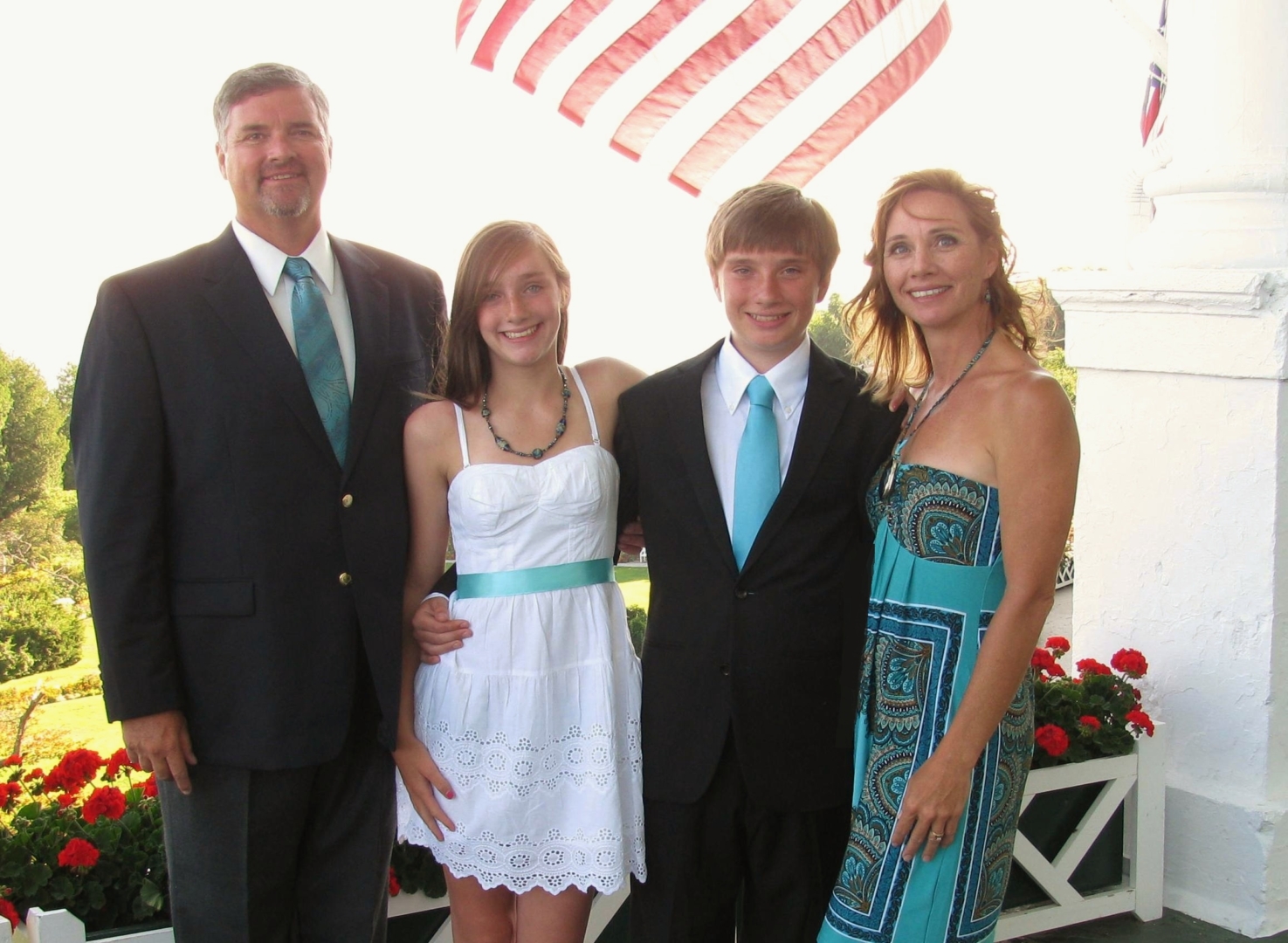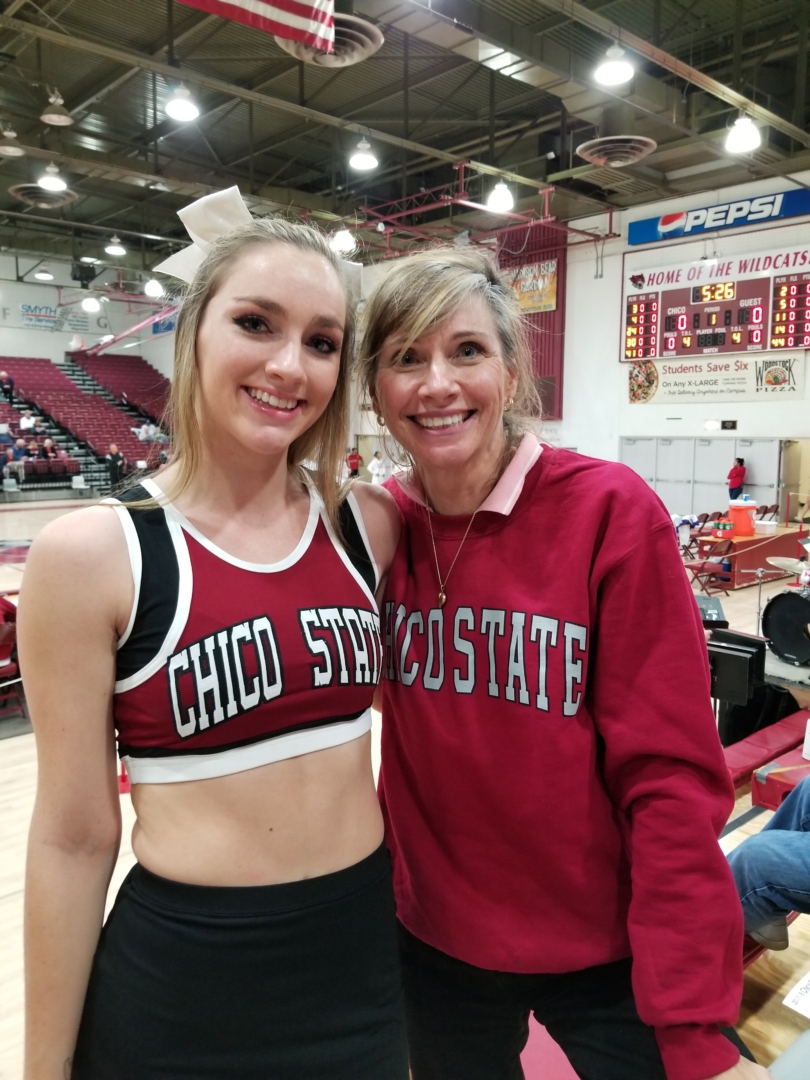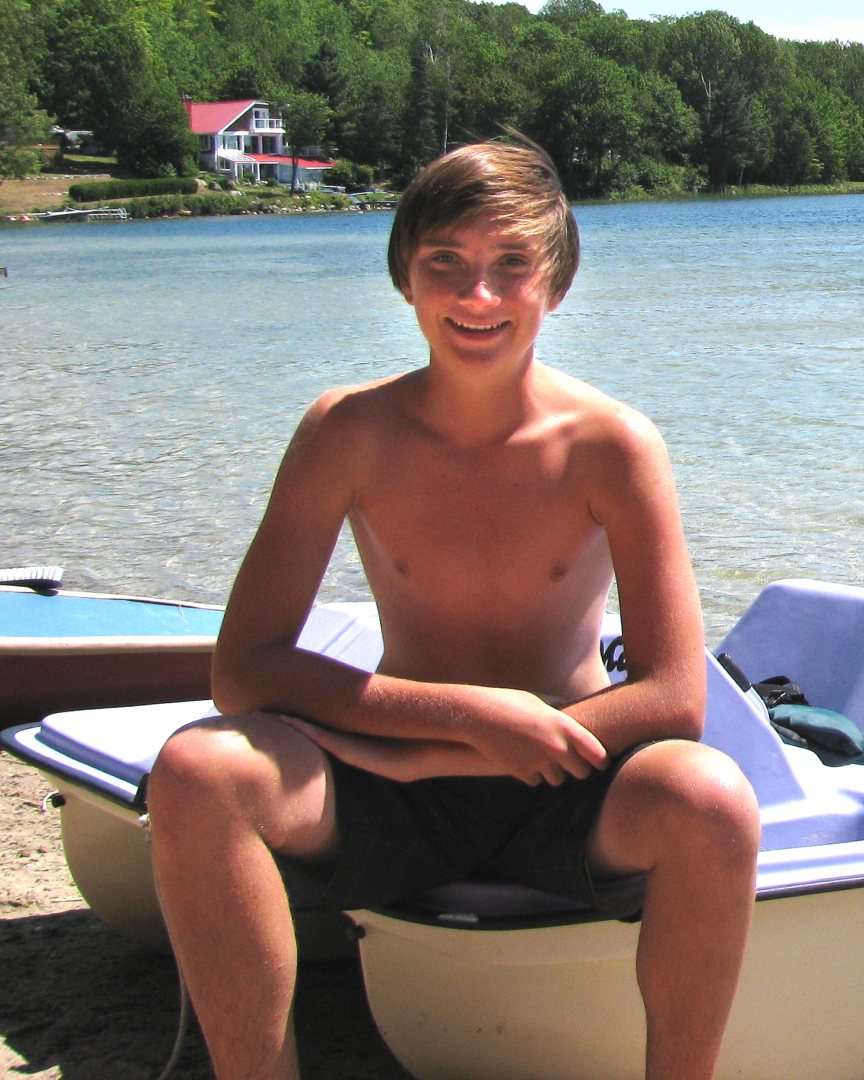Bringing Mental Health to Light

Colin Wiseman gave great hugs. So much so that in middle school his buddies modeled a video campaign called “What would you do for a Colin hug?” after the famous Klondike bar commercial.
“He was known for just being compassionate and really caring,” said his mother, Caroline (Psychology, ’88). “Colin was amazing. He had a desire to figure out things on his own—when he had an interest, he just would go and learn.”
First it was mastering a cheap yo-yo that his grandfather gave him, then it was onto a fancy one until he learned all the tricks and got bored. Soon he taught himself how to play the harmonica, and then he began to learn how to code, long before coding was a thing.
Caroline, a now-retired elementary school teacher of 30-plus years, had ample experience supporting the well-being of kids, whether it be teaching them something new or helping them manage difficult emotions. She and her husband, Graham, had met while she was attending Chico State in the ’80s—they even got engaged under a bridge in Paradise. They bought a house in Chico, had Colin and his sister, Nicole (Psychology, ’21), and eventually moved south to Lafayette. But when they began to notice that Colin was struggling emotionally, Caroline’s psychology background and teaching experience could only offer so much.
“I knew the signs to look for, and the possibility of suicide was percolating in the back of my mind, but I just never let myself go there,” said Caroline. “If I had more training, I would have been on it, saying, ‘You know what, I think we need professional help,’ but I didn’t read the signs clearly enough.”
Caroline, Graham, and Nicole lost Colin to suicide in 2013, the impact devastating their family, community, and Colin’s schoolmates. He was 15.

“At the time, you’re experiencing the worst event of your life, so you’re really not critiquing what’s going on—but the school that my son went to didn’t really do a good job after he passed,” said Graham. “And a couple of parents approached us soon after, and said, ‘We have children who are struggling with mental health issues, too.’”
“We thought, ‘what can we do with this pain?’” Caroline added.
While she continued to teach, Graham took what he had learned from Caroline and their experience with Colin and began to speak in local schools about mental health, hoping to help other families avoid what they were going through. But once he entered the school system, he encountered a lot of pushback if he mentioned suicide, so he focused on how to deal with anxiety and stress instead.
Eventually they ended up meeting Gail Miller, mother to a daughter living with bipolar disorder, and who Graham describes as his “mental health soulmate” at a National Alliance on Mental Illness event. The three found that they shared the same vision—to open up a conversation about suicide and suicide prevention, and to provide resources and care to struggling students and families. They joined forces and formed BeingwellCA, a nonprofit organization whose mission is to reduce anxiety, depression, and suicide ideation in youth by providing schools, parents, students, and communities with workshops, tool kits, and trainings to improve mental health support.
For four years, they visited schools and compiled a large list of the problems they found, and they decided to pick a small handful of issues and ideas that they felt would have the most positive impact.
One discovery was that many schools had something called a “wellness center” on campus, a safe place run by school district staff to immediately help kids who were in crisis, rather than choosing to send them off to a mental health hospital—but the schools in the Wisemans’ district had nothing like that.

“This trend has to stop,” said Graham. “Since January, we have visited five families in our neighborhood who’ve lost their child, and these are just the ones who’ve reached out to us.”
“Wellness Centers are for anyone and everyone,” said Caroline. “It’s an on-campus location where students have the opportunity to talk to an intake specialist who can say, ‘I’m going to get you to a counselor right now.’ The key is that it is on campus—this makes it a student safety issue, so teachers can be made aware of what is going on.”
Wellness Centers can also provide training for parents in how to have a tough conversation with their children, and how to deal with challenging situations.
“I was speaking with a wellness director recently, and she shared that they often have parents come in and say ‘Hey, we’re not doing well, we might be getting a divorce. Could you keep an eye on our child?’” said Graham. “This is a good example of community schooling, in which there is an osmosis of parents and resources coming and going, offering services, and opening up the discussion on mental health.”
It took a long time and a lot of work, but the Wisemans finally convinced their district to pony up $1.2 million and start putting in wellness centers of their own.
“After the success we had with that district, 30 more wellness centers were set up across the largest and second largest districts in our county. But these are all affluent communities—there are plenty of other kids struggling in our county and state that aren’t getting these resources,” said Graham. “We thought about how we could affect that, and that was how the license plate portion of BeingwellCA was created.”
With the tagline, “Bring the discussion about mental health into the light . . . even if it’s just a traffic light,” they hope to add a “special interest license plate” to the California DMV’s catalogue, with all funds raised from sales going to improve youth mental health in schools, reduce stigma, and raise awareness.
“Awareness is key,” said Graham. “But it will also make money, and that money will go to the California Department of Education and be dispersed to schools as grants. Schools can apply, and we’re hoping to guide that money into wellness centers. The goal is to have it on as many people’s cars as possible.”
The license plate, designed by a high school student who won a statewide contest, can’t be purchased quite yet. Right now, BeingwellCA is busy gathering signatures of interest: 7,500, to be exact. That is how many they need to push Senate Bill 21—the Mental Health Awareness License Plate Bill—through.
So far, the bill has cleared the Senate Transportation and Appropriations Committees, the full Senate, and the Assembly Transportation Committee. Hopes are high that it passes the Appropriations Committee and the full Assembly in late summer 2022, which would send it to California Governor Gavin Newsom’s desk in September, as long as the signature requirement has been fulfilled.

“Our movement really is grassroots,” said Graham. “The pandemic set us back, so we are playing catch-up. This is a small nonprofit we run on our own, so every signature, donation, and volunteer to help spread the word is a lifesaver, quite literally.”
“This is for our son,” said Caroline. “We want to be able to drive down the road and say, ‘Colin, we did that for you, and now your message can help so many other kids.’”
Learn how to spot the signs of a loved one struggling with suicidal thoughts and help spread awareness about the importance of mental health and wellness in young people by adding your signature to the Mental Health Awareness License Plate Bill.


